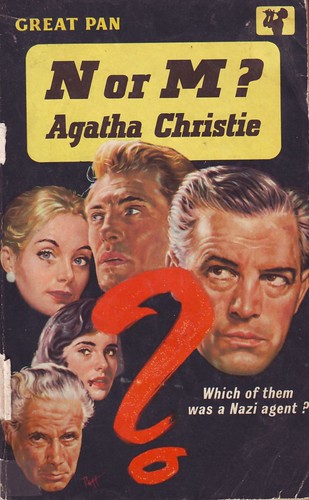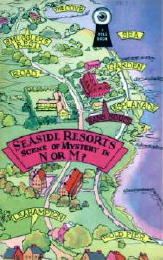This edition, an ARC from VIKING, published as A THOUSAND CUTS in 2010
aka RUPTURE
ISBN 978-0-670-02150-5
294 pages
Source: a friend
Publisher's blurb
In the depths of a sweltering summer, teacher Samuel Szajkowski walks into his school assembly and opens fire. He kills three pupils and a colleague before turning the gun on himself.
Lucia May, the young policewoman who is assigned the case, is expected to wrap up things quickly and without fuss. The incident is a tragedy that could not have been predicted and Szajkowski, it seems clear, was a psychopath beyond help. Soon, however, Lucia becomes preoccupied with the question no one else seems to want to ask: what drove a mild-mannered, diffident school teacher to commit such a despicable crime?
Piecing together the testimonies of the teachers and children at the school, Lucia discovers an uglier, more complex picture of the months leading up to the shooting. She realises too that she has more in common with Szajkowski than she could have imagined. As the pressure to bury the case builds, she becomes determined to tell the truth about what happened, whatever the consequences . . .
My take:
I came to this with my teacher's hat on, but it could just as easily have been my parent's hat. For either of those hats this is a horrifying tale. What turns a mild mannered history teacher turn into a lethal killer?
The blurb on the back of the edition I read begins:
It should be an open-and-shut case. Samuel Szajkowski, a recently hired history teacher, walked into a school assembly with a gun and murdered three students and a colleague before turning the weapon on himelf. It was a tragedy that could not have been predicted. Szajowski, it seems clear, was a psychopath beyond help.
From a police point of view, it looks like a case that you can wrap up quickly. Samuel Szajkowski walked into the assembly and opened fire. He is to blame for the deaths of 5 people including himself. Detective Inspector Lucia May is given the job of interviewing the witnesses and writing up the final report.
But then Lucia begins to ask why? What pushed Samuel Szajowski over the edge? Who is really to blame? And just who is pushing her boss to get the case wrapped up?
Events like this one have happened in "real life" world wide in recent years, and A THOUSAND CUTS leads us to ask whether the investigators really ever get to the point of understanding the "why".
We know right from the beginning that there is something wrong with the culture of this school. The basic structure of the novel is transcripts of interviews by the investigators with witnesses, and the very first one is with a student who should have been at the assembly but was "
down by the ponds, pissing about.."
The interview transcripts are really one-sided conversations. The reader is left to deduce the questions being asked from the actual answers. It is a very arresting narrative technique.
Detective Inspector Lucia May unearths a culture of bullying that extends throughout the entire school: student to student, student to teacher, teacher to student, and teacher to teacher. The worst part is that those who should be preventing the existence of this culture, the principal for example, don't see that as their responsibility. But even the parents don't recognise the bullying happening.
Another aspect of the whole investigation is that Lucia May is herself the victim of bullying, in her personal life, and, in particular, her workplace. It makes us ask whether this is an endemic part of the Western society, regardless of the profession.
A very thought-provoking read.
My rating: 5.0
Shortlisted for the CWA John Creasey (New Blood) Dagger 2010.
Shortlisted for the Galaxy National Book Awards 2010.
Longlisted for the Desmond Elliot Prize 2010.
Selected for Financial Times Books of the Year 2010.
Selected for New York Times notable crime books 2010.
Selected as one of Amazon’s Rising Stars 2010.
Top 20 Books of 2010 – Lovereading.co.uk.
Blog posts to check:
I'm counting A THOUSAND CUTS for the
British Books Challenge and as a "new to me" author.
Simon Lelic's website





























